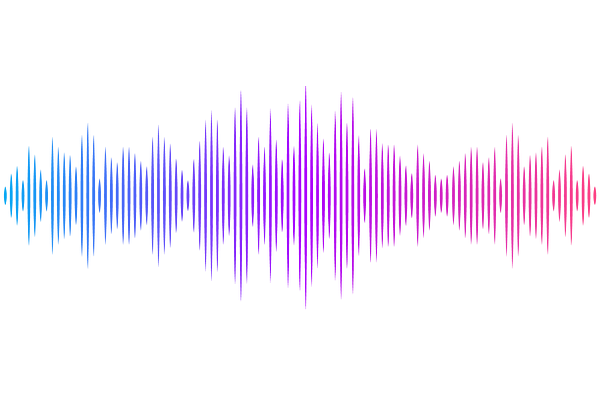Derivative coupling in horizon brightened acceleration radiation: a quantum optics approach

Derivative coupling in horizon brightened acceleration radiation: a quantum optics approach
Ashmita Das, Anjana Krishnan, Soham Sen, Sunandan Gangopadhyay
AbstractHorizon Brightened Acceleration Radiation (HBAR) signifies a unique radiation process and provides a promising framework in exploring acceleration radiation in flat/ curved spacetime. Its construction primarily relies on the transition probability of an atom falling through a high-Q cavity while interacting with a quantum field. The HBAR effect has typically been explored in the context of minimal coupling between the atom and the field amplitude. However, the minimally coupled models are affected by the infrared (IR) divergences that arise in the massless limit of the quantum fields in (1+1) dimensions. Thus, in the present manuscript, we examine the HBAR process using both the point-like and finite size detectors coupled with the momentum of the field, which plays a crucial role in naturally resolving IR divergences. Our results suggest that the transition probability for the point-like detector is independent of its frequency. This can be interpreted as the influence of the local gravitational field which modifies the sensitivity of the detector to its frequency and broadens its effective frequency range. Through a comparative study based on the length of the detector, we find that for a detector with a smaller length, the steady state solution for the density matrix of the field vanishes. This may indicate the existence of a non equilibrium thermodynamic state under the condition of finite size detector-field interaction. These distinctive features are exclusive to the derivative coupling between the atom and the field, highlighting them as a compelling subject for future investigation.